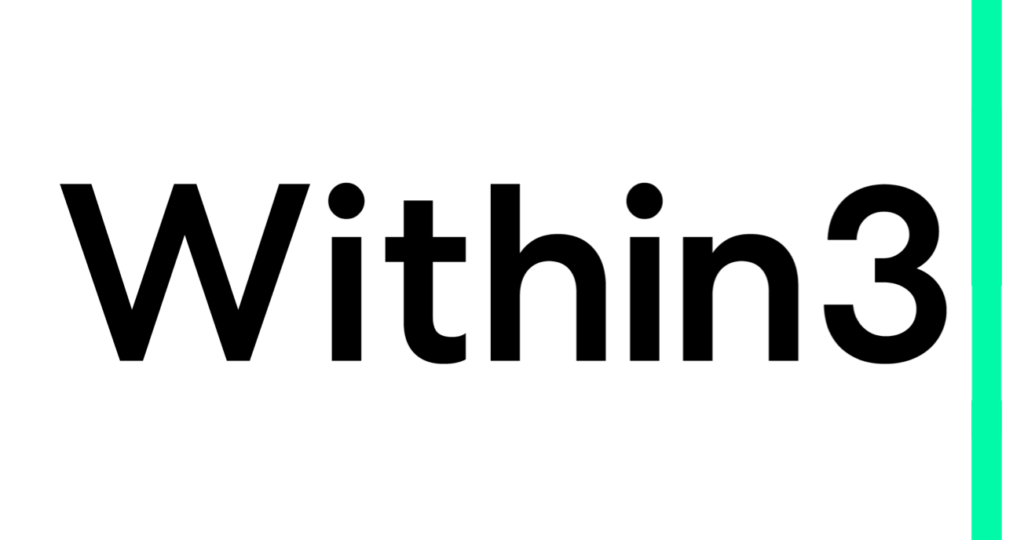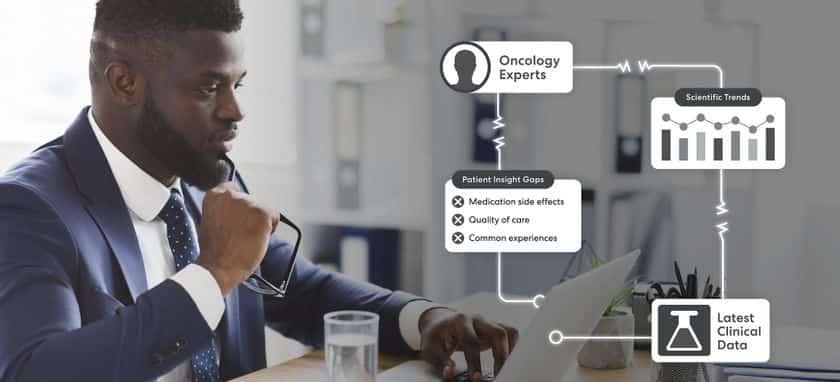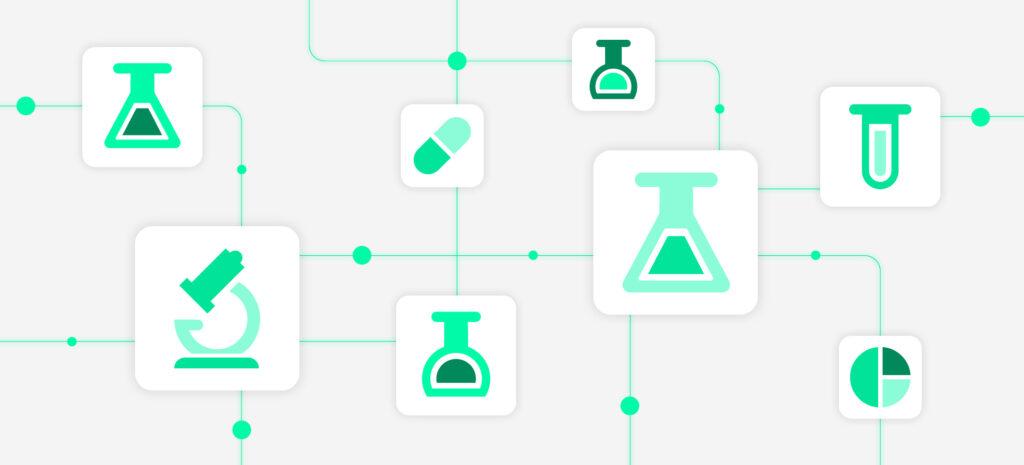The life science insight gap occurs when critical information is either not collected or collected and not effectively used or shared. It’s an expensive problem: fewer than 10% of drugs in development make it to market from phase I clinical trials, and the average cost to develop a single drug successfully stands at more than $2 billion. With all our technical know-how, R&D efficiency still lags, and ROI for R&D investment at large biotechs has declined for a decade, with only temporary relief due to pandemic-related treatments.
That’s years of wasted time and billions of wasted dollars.
3 questions to gauge your insight gap risk
As a pharma leader, you spend time and money gathering data, observations, and information. The objective is to gather as much of the correct information as possible to enable informed decision-making. But despite your best intentions, the insight gap already affects every life science company – research tells us that 79% of pharma teams use less than half of the data they collect to generate insights.
The reality of insight-gathering is complex. Channels are multiplying, and data accumulates faster than humans can process or analyze it. Artificial intelligence offers intriguing possibilities, but AI in pharma is still a nascent field. Most of your competitors are engaging the same key experts as you, and patients have just as many demands on their time as busy HCPs. All of this in a time of strict budgets and “doing more with less” – when innovative therapies are in high demand from an aging population.
Given this challenging backdrop, how can you close your organization’s insight gap? What do you need to ensure you can cover multiple channels, collate data, engage stakeholders efficiently, and use all that information effectively?
The power of insight – and what’s holding it back
Insights are powerful – they can open new geographic markets, generate opportunities to use targeted messaging, strengthen relationships with KOLs and patients, accelerate product development and other project timelines, and even help you identify up-and-coming experts in niche areas. Without adequate insight, pharma leaders tell us they risk product launches, budget overruns, and missed internal and regulatory deadlines.
However, using these potent insights is difficult if you only get part of the story. This can happen at three key inflection points:
Understanding your disease community
However well you know your specific disease community, technology probably knows or can reveal some things you don’t. The increasing popularity of social media monitoring in pharma allows you to be in two places simultaneously: conducting your regular insight-gathering activities while keeping track of important online conversations among HCPs, researchers, and patients. These unscripted and unfiltered conversations can give you powerful information on your own brand, competitors, and insight you might not get from the average ad board. This tactic can also be a means to discover experts and influencers who can introduce a valuable new perspective.
How you engage audiences
Traditional engagement methods, including in-person advisory board meetings, will always be part of how life science teams get insights. But the industry must now account for a multi-channel world where insights come from social listening, field discussions, and virtual spaces, as well as the need for more diverse input from traditionally overlooked audiences. Done right, this is a remarkable opportunity to carve out a competitive advantage in a challenging market. Our own data shows that well-designed, skillfully moderated asynchronous discussions yield up to seven times more high-quality feedback than in-person meetings or typical web conference meetings that aren’t designed to support pharma industry workflows.
Analysis and reporting
Here, the rubber meets the road: digging into all the data and observations you’ve collected to identify trends and next steps. This is where many teams get stuck, spending hundreds of hours looking for information, having meetings without consensus, or starting from scratch because there’s new data or something was overlooked. You can accelerate this process by investing in technology that eliminates tedious analysis and provides clear direction on next steps – freeing you to focus on strategic work rather than manual analysis that doesn’t move the needle.
Watch and share a short video to understand how the insight gap impacts your organization.






